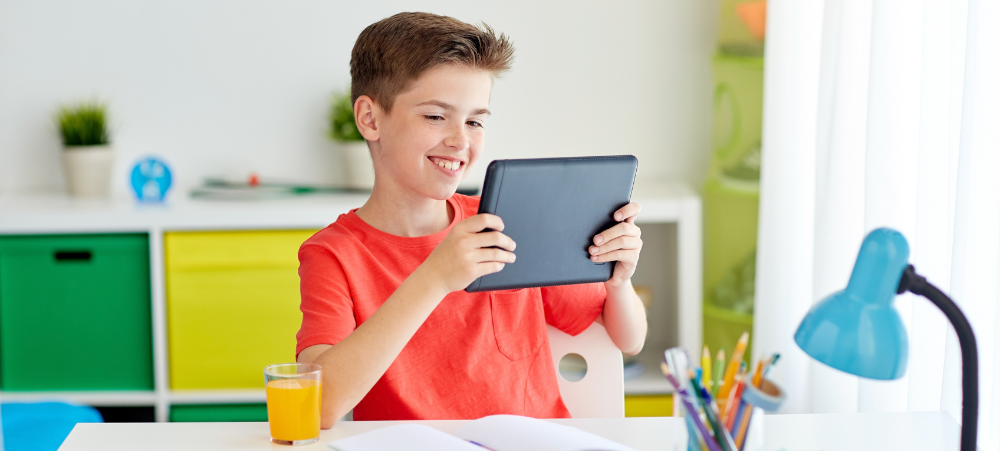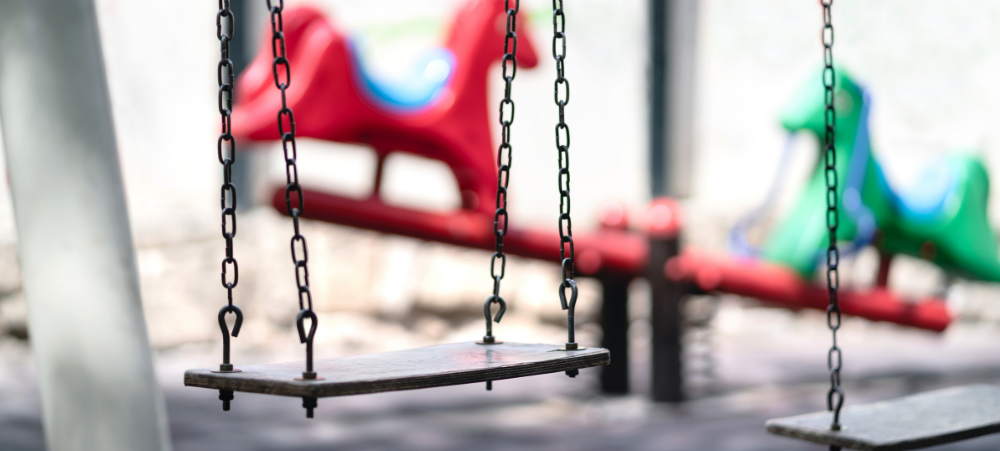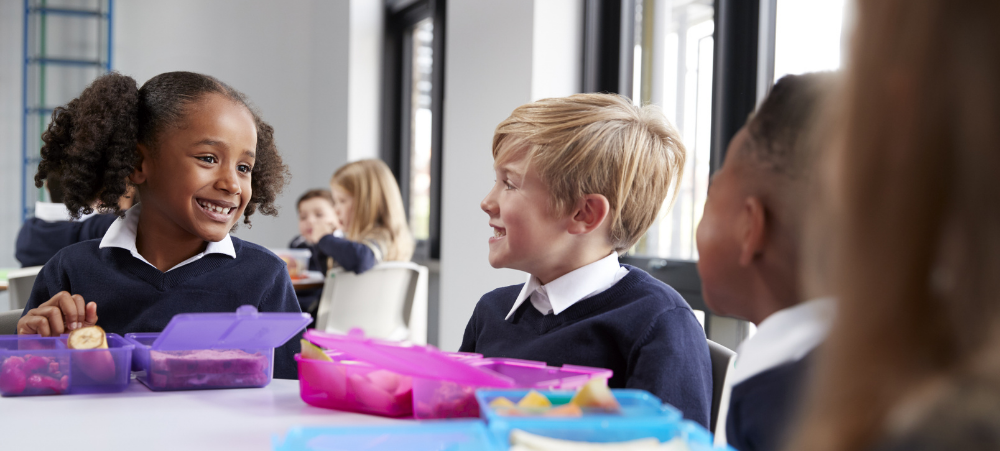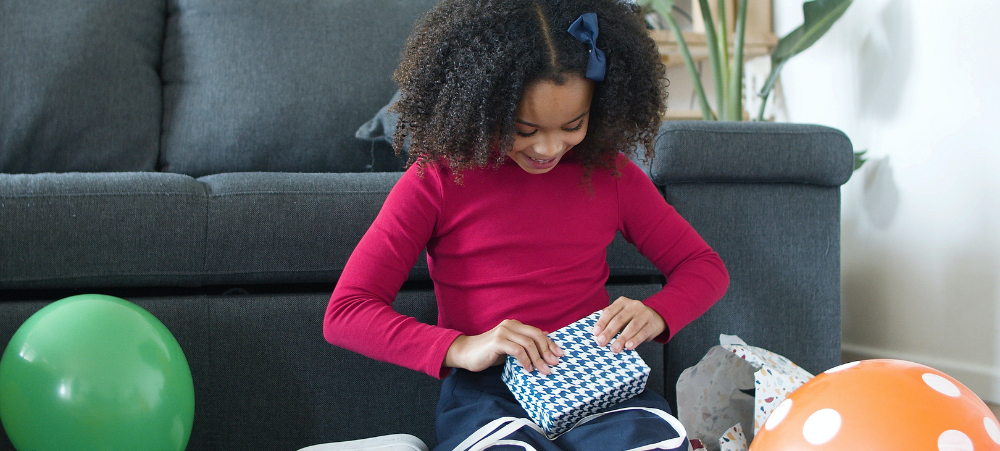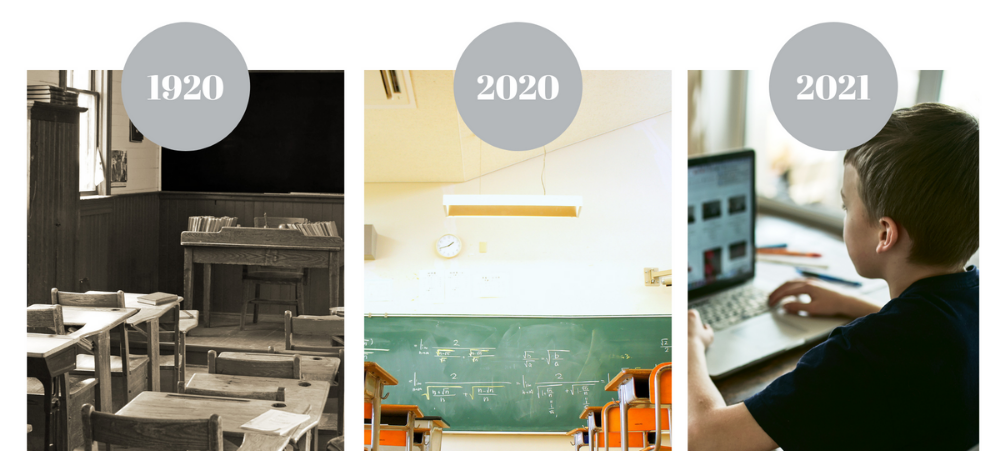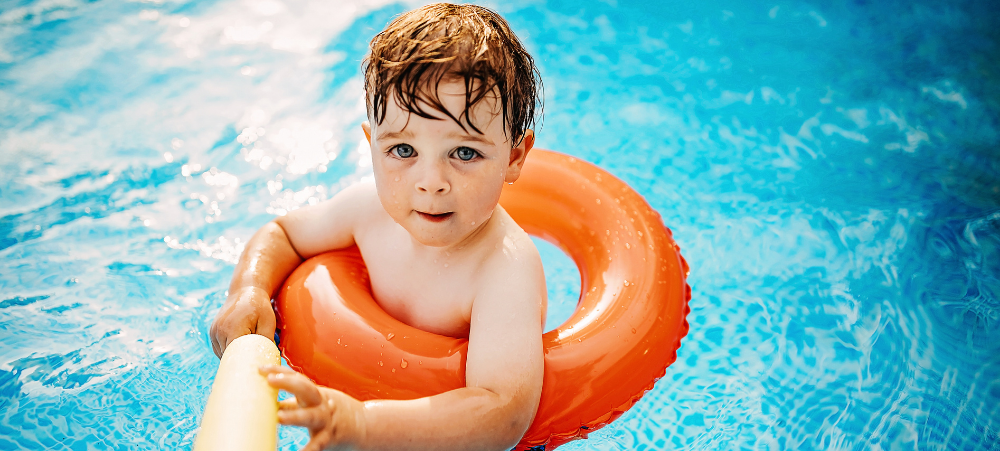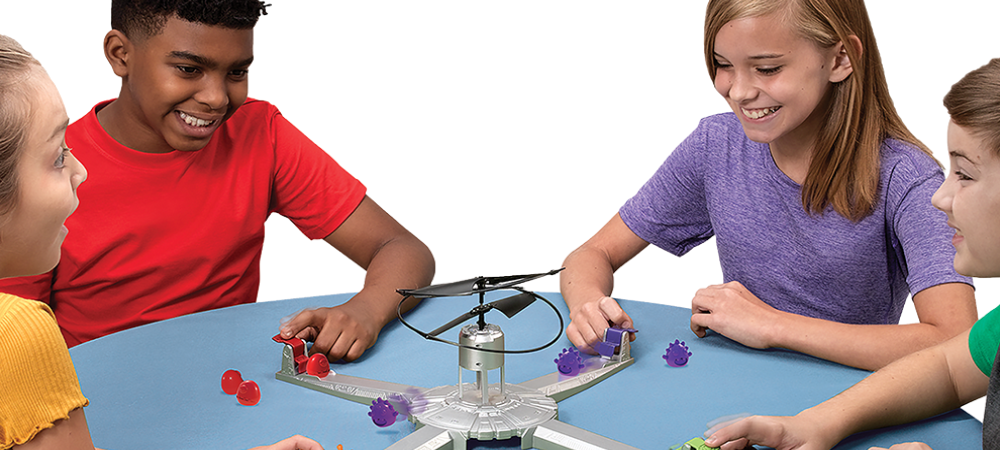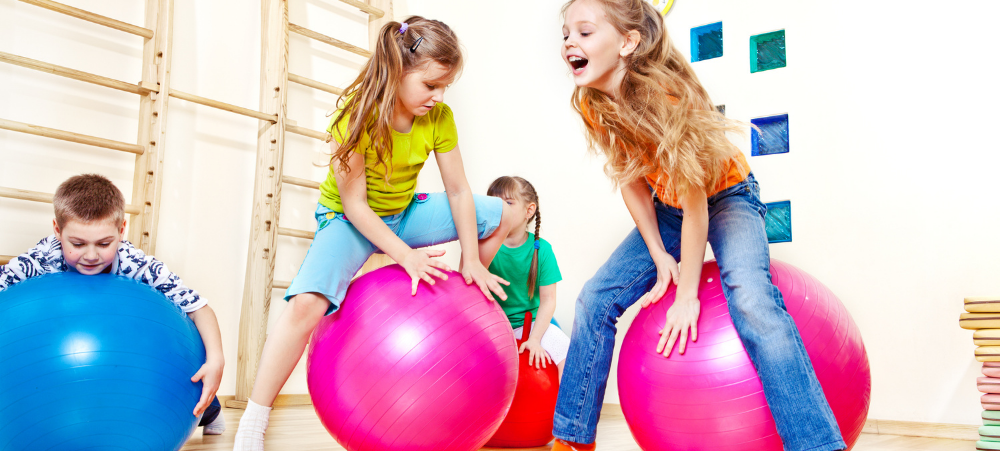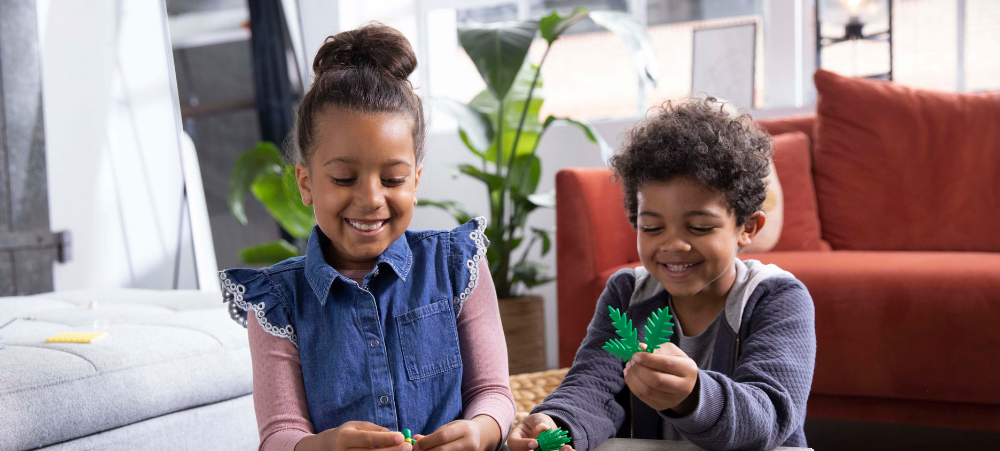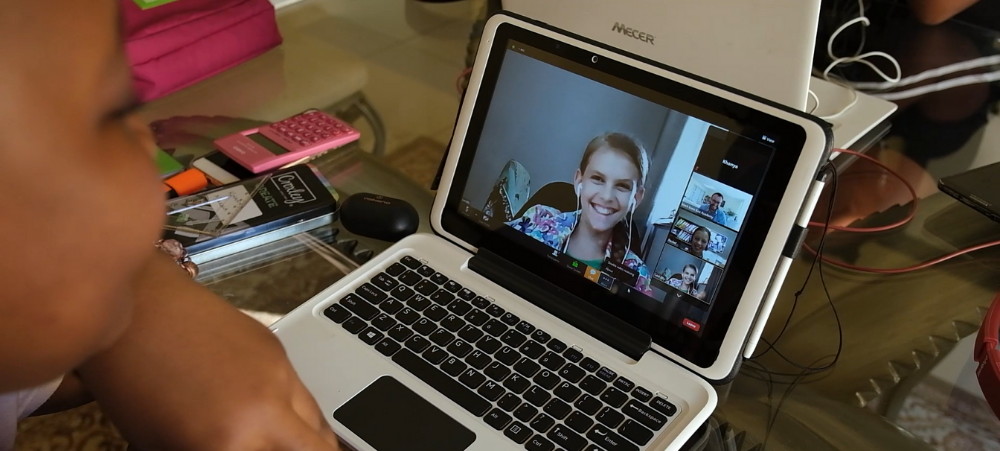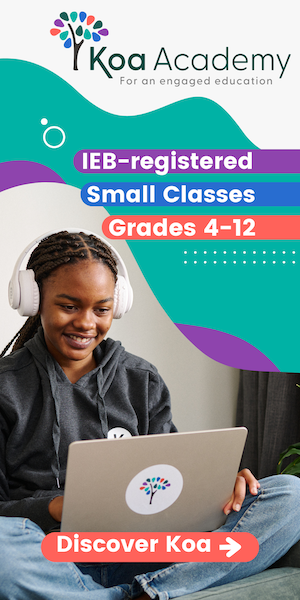
Enhanced Learning in Distance School and the Syllabis Education’s iWizard
For those parents out there who’s children are already distance learning, or those of you that are considering distance learning as an answer for your child’s educational needs, we are sharing some insight about the amazing value-added products and platforms that we offer. We can’t deny that homeschooling requires a certain level of independence and initiative from the students to tackle their academic responsibilities. We have found that some students struggle to engage with their academics and often become distracted from their academics or simply want to learn more still. Other learners might have certain learning areas where they have problems understanding core concepts, while others are willing to go the extra mile and gain an extensive understanding of a topic or core learning area. Solving these issues was an incentive to create a new technology enhancement, and this is where the Syllabis iWizard was born. Is it abnormal for my child to get distracted easily? Not at all! In general, most students find some academic areas boring and see it as something they are being forced to do, and with so many distractions being made readily available all around them (laptops, phones, TV’s, video games, etc…) who can blame them for being easily distracted. Do students want to learn more? Many students enjoy all the subjects offered in their grade, but most students start to develop a learning preference for certain subjects, such as accounting or business studies for aspiring entrepreneurs, or science and mathematics for the sciences. Others love art or sports. Those students who want to go the extra mile and excel in a learning area, often have difficulty finding applicable resources. That’s another reason we developer the iWizard, for each augmentation lesson available, there is an extended lesson, which greatly enhances the understanding of the topic to the student. They become Masters. How does Syllabis plan on solving the above-mentioned problem? For 2022, Syllabis Launched its iWizard in December 2021. Our iWizard takes the vast resources made available to us by the internet and packages them into fun, interactive, lesson-sized educational lessons. The iWizard is universally applicable to all students. Students who are struggling on a certain topic, students who have found interest in a certain topic, students who want to further their comprehension on certain topics, and even students who want to further their knowledge on topics that are not part of their curriculum (such as the Syllabis iWellness program) will fall in love with the Syllabis iWizard and its many features. How has Syllabis developed the iWizard? We wanted to develop this educational tool to achieve a few outcomes: To develop an innovative educational tool. To allow the creation of quality educational content as an added feature as part of our core offering. To take full advantage of the internet and its endless number of educational resources. The internet is the most powerful educational resource ever known to man, but this resource is extremely unstructured and unfiltered. The Syllabis iWizard is the solution to the above problem as it allows us to create meaningful, interactive educational resources, saving you the trouble of scrolling through endless web pages just to find the same information. Where can you access the Syllabis iWizard? The Syllabis iWizard will be offered as a free educational resource to all Syllabis students who are studying under the Buffalo or Lion package. The iWizard will help these students test their academic progress with the help of built-in quizzes and further their comprehension on topics they might be struggling with or topics that they may simply be interested in and would like to further their knowledge on. How does the Syllabis iWizard help our students? Step by step lesson plans that helps guide the students through the lessons. Built-in quizzes that test your child(ren)’s comprehension of the relevant lesson. Lessons structured per grade and per subject. Educational videos embedded into the lessons. Instructions that guide the student along every step of the lesson. Makes sure your child(ren) stays on track with his/her academics. The lessons are interactive and make sure that your child(ren) stays engaged in his/her academics. Lessons that go beyond traditional education and incorporate life skills. Our iWellness lessons are a perfect example of this. iWIZARD The instructional model is based on thorough research into students’ needs when using the internet as a learning tool, especially from home. The Pre-Quiz provides a measurement stick against which you’re learning during the online lesson can be analysed. Lessons and Quizzes can be done over and over. Students move page by page through several quality, interactive web resources within our learning browser. Students measure their learning progress by partaking in a post quiz. Results are sent electronically to parents and the Syllabis learning team. Most lessons are accompanied by extended learning content as well as excellent project ideas for learners. When do I use Syllabis iWizard? When I have a problem with a topic and need reinforcement. As extra lessons in general for reinforcement. For revision before tests and exams. As part of my tutoring. For non-students of Syllabis, enquire today about adding the iWizard to your set of learning tools. Once again, Syllabis Education has led the way in educational innovation, and we can’t wait to continue this journey with our students in 2022!



